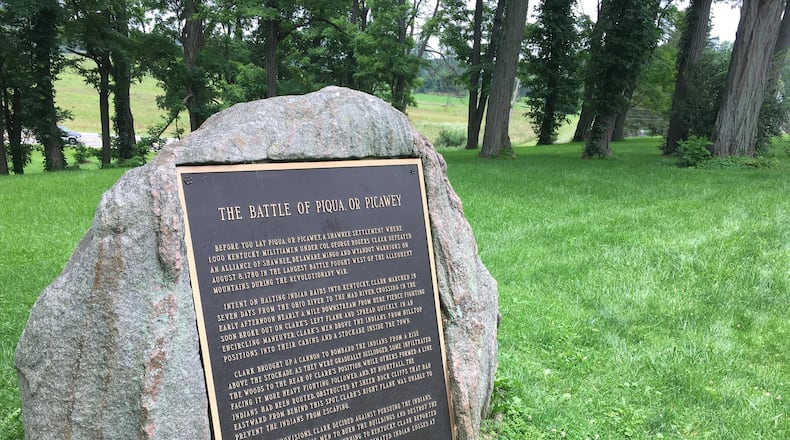RELATED: Park district seeks images for Veterans Memorial Park in Springfield
“This was a really important site in not only Native American history and Ohio history but in American history,” Greene said. “…There are some accounts of what happened during the battle, but we don’t know a lot about the details of it.”
Students spent multiple weeks collecting artifacts at the park. Now they’ll work in the lab to clean and package them and see what can be learned from each item.
“Musket balls, gun parts, things like that,” Greene said. “We want to reconstruct what happened on the battle.”
The study of the artifacts will determine in more detail how many people were involved in the battle, what kinds of weapons they used and the specific location where the battle occurred.
But Greene is also interested in any information that can be gained about the Shawnee.
“Not much is really known about the Shawnee during this period,” he said. “What their houses looked like, what kinds of artifacts they had (and) how much of their materials were trade goods.”
He hopes to find the remnants of the fort the Shawnee built to protect themselves from the Americans.
REALATED: Clark County to develop old armory near fairgrounds
All those questions can be answered through archaeological evidence, he said.
The program is a once-in-a-lifetime opportunity for students, said sophomore Jordan Buffington.
“This is an amazing opportunity to be able to do this,” she said. “There’s so much you can learn from a book, but there’s so much more you can do when you’re there.”
It was a lot of work, she said, but worth it.
“You’d find pottery or you’d find parts of a gun or you’d find just all this random stuff,” she said.
The research could reveal new information about the battle, Greene said.
“People are really interested in their local history, but in a lot of cases those histories are kind of forgotten,” he said.
About the Author
